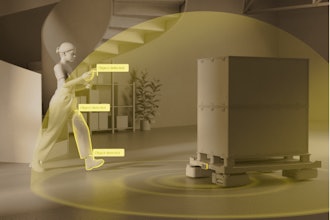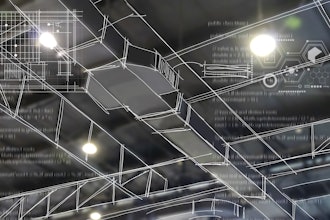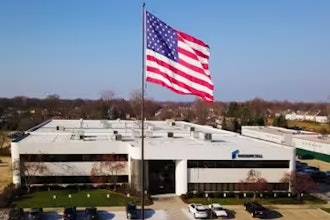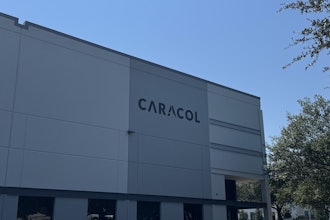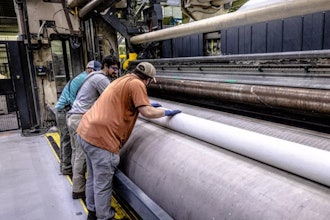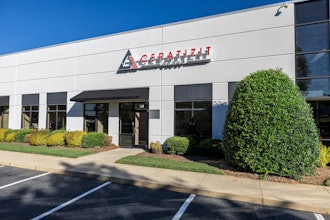Today's distribution centers play a significant role in the manufacturing supply chain, serving as much more than just a building full of storage racks. But while one would think the average DC would now be a completely up-to-date, automated facility, the reality is often far different.
According to the results of a recent Supply Chain Consortium Survey by supply chain services provider Tompkins Associates, 63 percent of all DC product storage is still done with floor bulk and single-deep pallet rack.
Looking at the operation from a "best practices" viewpoint, a DC should choose the equipment, operating system and management software that will provide the most effective and efficient solution. "Every DC should have a best practices program," said Brian Hudock, a partner at Tompkins and author of the survey report. "It is the path to reducing errors, labor and cycle time while increasing accuracy and service. A best practices program, if done right, never ends."
Not Just Home-Grown Goods
In the past, most DC handled domestic goods manufactured and distributed throughout the U.S. With the advent of global manufacturing, many DCs are now handling and distributing imported products. The Supply Chain Consortium Survey found there has been a 28 percent increase in imports over the last three years.
Added to this is the change in how some products are manufactured in the U.S. "Although a product might be assembled here, the parts and components are imported," explained Tompkins. "This changes the direction and activities of the DC in the supply chain, making the DC an integral part of the manufacturing process, no longer just a storage facility." Distribution centers must now have the capability to handle imported goods and be prepared to deal with the logistics, regulations and safety concerns that are part of handling imported products."Here again, those people who are good at managing this aspect of the supply chain are at the forefront of their businesses." Tompkins said. "The nature of the DC is changing, and those who meet these challenges will be the most successful."
Flow-Through Warehousing
The concept of a warehouse as "just a place where products come to rest" is changing, also.
"Warehouses are now 'flow-through' centers where product is off-loaded, stored temporarily - maybe only for a day or so - and then shipped to the customer," said Tompkins. "The warehouse is now an integral part of the supply chain. It used to be that the warehouse manager wouldn't even know what was coming into their docks. There would be no advance notice of a shipment, or how long to keep it in storage or who to ship it to. Stuff would just show up at the docks."
It is not enough for the DC to just accept a product shipment and wait for further orders. Warehouses must move product quickly through the facility and on to the customer. Planning is important and buildings need to be set-up for movement, rather than just a roomful of storage racks. Cross dock labeling is an important aspect of this "flow through" concept of warehousing. The ideal situation has product shipments coming into the warehouse that are pre-labeled as to their destination. This concept is already taking hold, as evidenced in the survey results showing that 46 percent of cross dock labeling is being done by suppliers, and 55 percent of inbound orders are planned against advanced shipping notices."The entire design and concept of the warehouse is changing," explains Tompkins. "The best warehousing is no warehousing."
"Manufacturing, and the distribution center, are becoming more customer-driven," explains Tompkins. "It's all about what the customer wants. Accurate response and delivery by the manufacturer and the DC is the perfect order."





